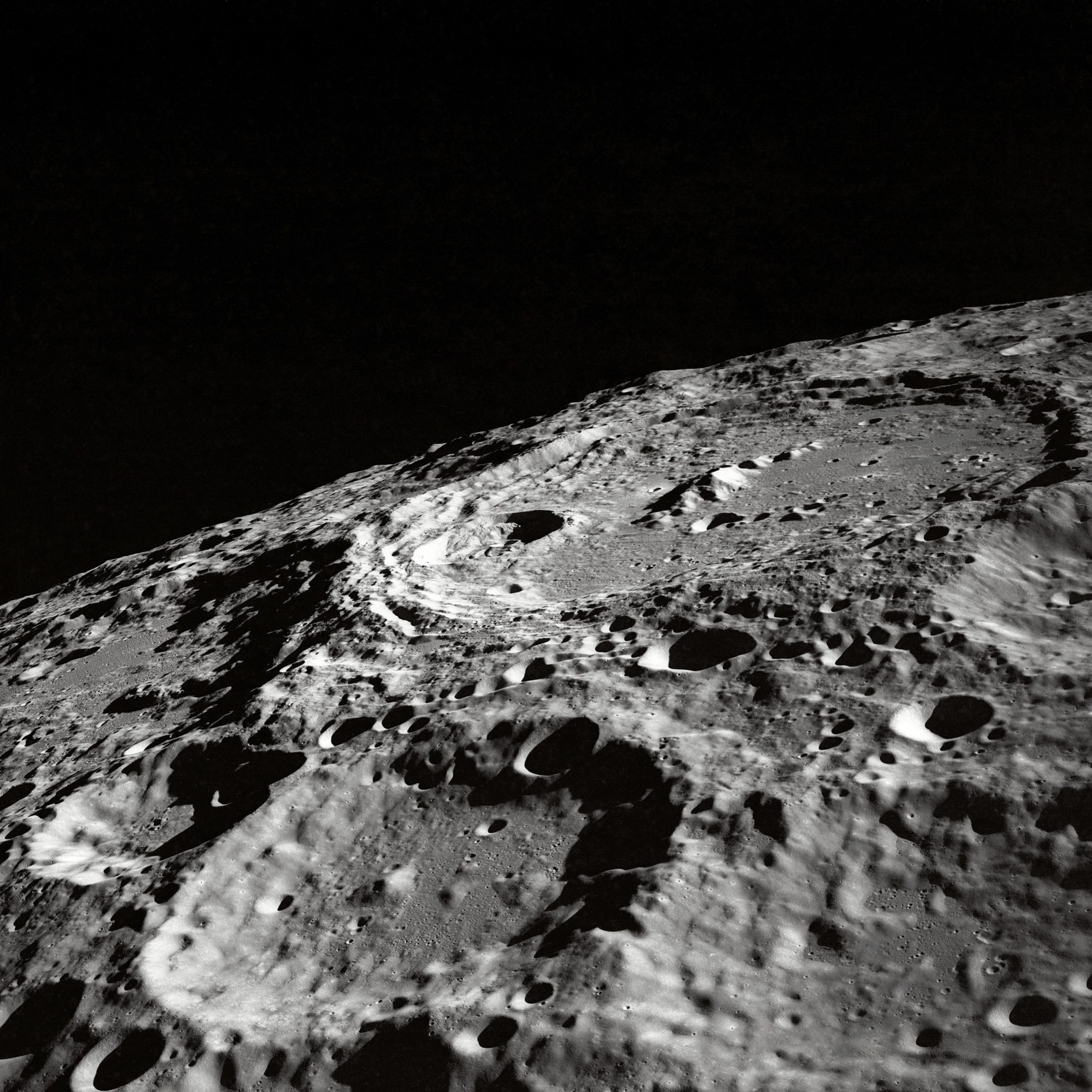The Tree of Life in Kabbalah: A Mystic Journey into the Divine
Introduction
The Tree of Life, a central concept in Kabbalah, is a mystical symbol that represents the interconnectedness of the divine and the cosmos. It serves as a map of the spiritual journey, guiding seekers to higher levels of consciousness and understanding. Rooted in ancient Jewish mysticism, Kabbalah explores the hidden teachings of the Torah and provides insights into the nature of God, creation, and the human soul. To fully appreciate the profound wisdom embodied in the Tree of Life, we must delve into the depths of Kabbalah.
Understanding Kabbalah
Kabbalah, meaning “receiving” or “tradition,” is a mystical tradition that developed within medieval Jewish thought. It seeks to unravel the mysteries of creation, consciousness, and the divine through deep contemplation and spiritual practices. The teachings of Kabbalah are often symbolically represented using the Tree of Life, a multidimensional framework that allows adepts to understand the divine architecture.
At its core, Kabbalah posits the existence of a hidden realm, the Ein Sof, which represents the infinite and unknowable essence of God. The Tree of Life acts as a bridge between the finite and the infinite, providing a system through which seekers can explore and experience the divine.
Sefirot: The Divine Emanations
In Kabbalah, the divine realm is believed to emanate from the Ein Sof through a series of ten sefirot. The sefirot, often translated as “emanations,” are the fundamental aspects of God’s nature, each carrying unique qualities and divine energies. They serve as the building blocks of creation and the pathways through which the divine interacts with the world.
Each sefirah possesses its own distinct characteristics, ranging from the purest divine qualities to the most tangible aspects of human experience. These ten sefirot are arranged on the Tree of Life, forming a vertical column with three pillars: the Pillar of Mercy, the Pillar of Severity, and the Pillar of Balance.
The Tree of Life: Symbolism and Structure
The Tree of Life, also known as the Etz Chaim in Hebrew, is a diagram that visually represents the interconnectedness of the sefirot and their corresponding divine qualities. It consists of ten sefirot arranged in a pattern of three columns, connected by twenty-two paths. This divine blueprint is often depicted as a tree with roots, a trunk, branches, and leaves, mirroring the structure of the cosmos.
The topmost sefirah, Keter, represents the divine crown and corresponds to the highest level of consciousness. Moving down the Tree, we encounter sefirot such as Chokhmah (wisdom), Binah (understanding), Chesed (kindness), Gevurah (severity), Tiferet (beauty), Netzach (eternity), Hod (glory), Yesod (foundation), and Malkhut (kingdom).
These divine emanations are not to be seen as separate entities, but rather as interdependent aspects of the divine unity. Each sefirah contains and influences the others, forming a complex and dynamic system of divine energies.
Paths: Bridging the Sefirot
The twenty-two paths that connect the sefirot on the Tree of Life are known as paths of wisdom. These paths represent the flow of divine energy between sefirot, forming a network that allows for the interplay of different qualities and forces.
As seekers traverse the paths, they engage in inner alchemy and spiritual transformation. Each path becomes a metaphorical journey, requiring the seeker to navigate the challenges and lessons associated with the sefirot it connects. It is through this inner exploration that the seeker aligns themselves with the divine and gains deeper insights into their own soul.
Practical Application of the Tree of Life
The Tree of Life is not merely an abstract concept; it has practical applications in various esoteric disciplines. Its symbolism extends beyond the realm of Kabbalah, finding correlations in Tarot, astrology, and Hermetic traditions. By understanding the sefirot and their interconnectedness, individuals can navigate the complexities of the universe, enriching their spiritual growth and perception of reality.
Moreover, the Tree of Life serves as a powerful tool for meditation and contemplation. By visualizing the sefirot and traversing the paths, practitioners can harmonize their own energies with the divine qualities represented by each sefirah. This practice allows for personal growth, expansion of consciousness, and an enhanced connection with the divine.
Conclusion
The Tree of Life in Kabbalah represents a mystic journey into the divine. With its intricate symbolism and profound teachings, it serves as a guide for seekers longing to explore the nature of God and the universe. Through the sefirot and the paths that connect them, the Tree of Life offers a transformative framework for personal growth, spiritual understanding, and unity with the divine. Delving into the wisdom embedded in the Tree of Life illuminates the sacred relationship between the human and the divine, opening doors to profound realizations and mystical experiences.
References:
– Chabad.org: Sefirot and Their Channels
– Kabbalah.com: The Sefirot
– Kabbalah.com: The Tree of Life Explained
Table of Contents
